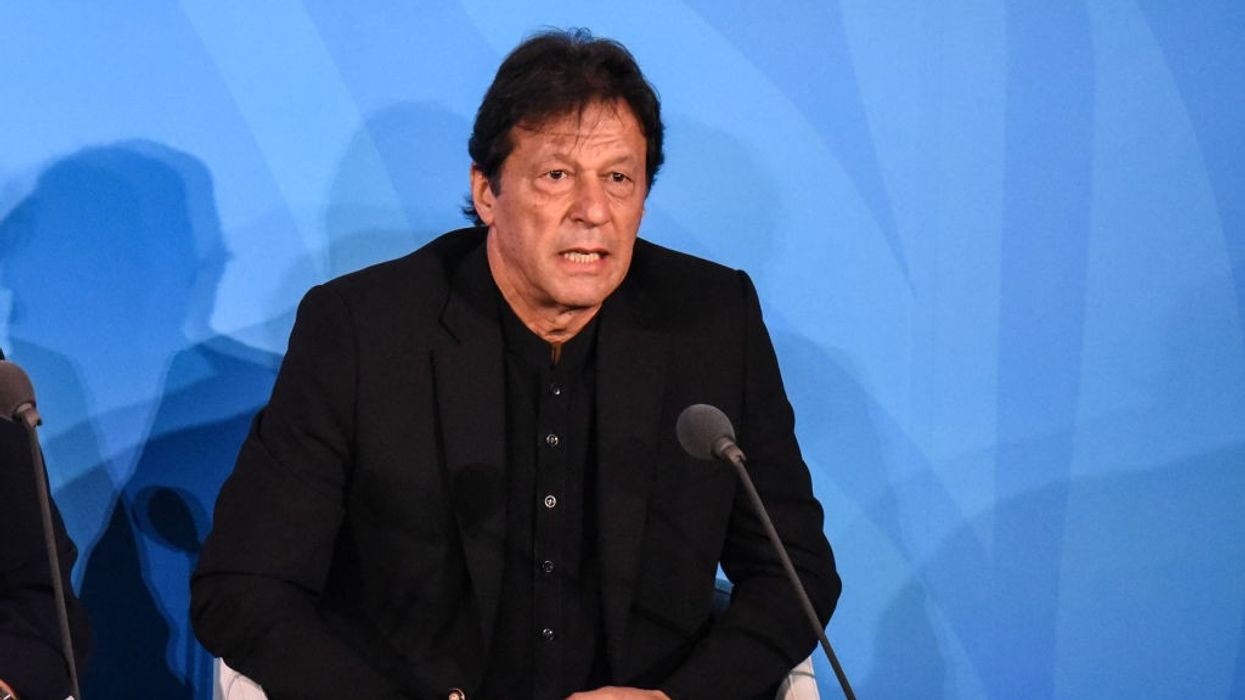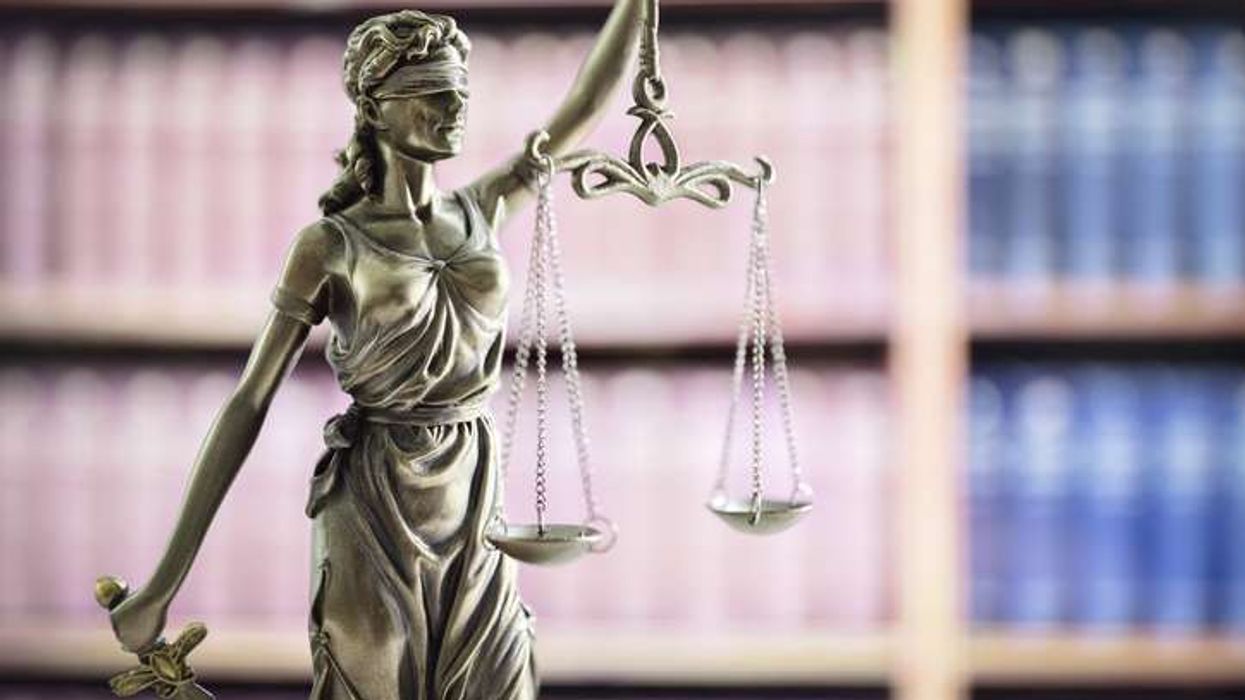TWO sisters from Bristol are setting a brave example by raising awareness on “honour hate” within Asian communities.
Amaleehah and Nadia Aslam-Forrester chose to react, rather than retract, after community members harassed them for posting photos of themselves wearing fashionable clothes online.
The BBC reported that the sisters, who have a Pakistani mother and English father, were “slut-shamed” for “not upholding cultural norms”.
Amaleehah, 22, said she and Nadia had always been “creative”, and used social media to display their taste for art, modelling and fashion.
The duo, however, faced online rage, stemming from “deeply ingrained cultural pressures”.
“In our community, honour lies within the body of a woman,” lamented Amaleehah.
“There's always pressure on her to uphold men's honour in her behaviour and also in the way she dresses.”
The sisters received “a lot of hate messages” that were “awful”—one of them asked the sisters to “drink bleach”.
“And that was all because we were being judged, there was stereotyping involved,” said Amaleehah.
This prompted the sisters to join a youth-led charity based in Bristol, Integrate, to spread awareness about “honour hate” in Asian communities, especially in schools across the UK.
In this context, ‘honour hate’ could be described as reactions to the perceived sullying of a family’s or community’s reputation and tradition.
Incidentally, their mother herself had faced repercussions, including shunning, in the name of honour for marrying a non-Muslim Englishman.
Thus, she contacted Integrate, known for gender and racial equality campaigns, and motivated her daughters to join it.
Amaleehah and Nadia attended several group workshops on issues such as female genital mutilation, sexism and honour-based violence, on which they made a short film (available on Integrate’s website).
The sisters believed their engagement with Integrate gave them “a voice in a community that didn't really understand us”.











